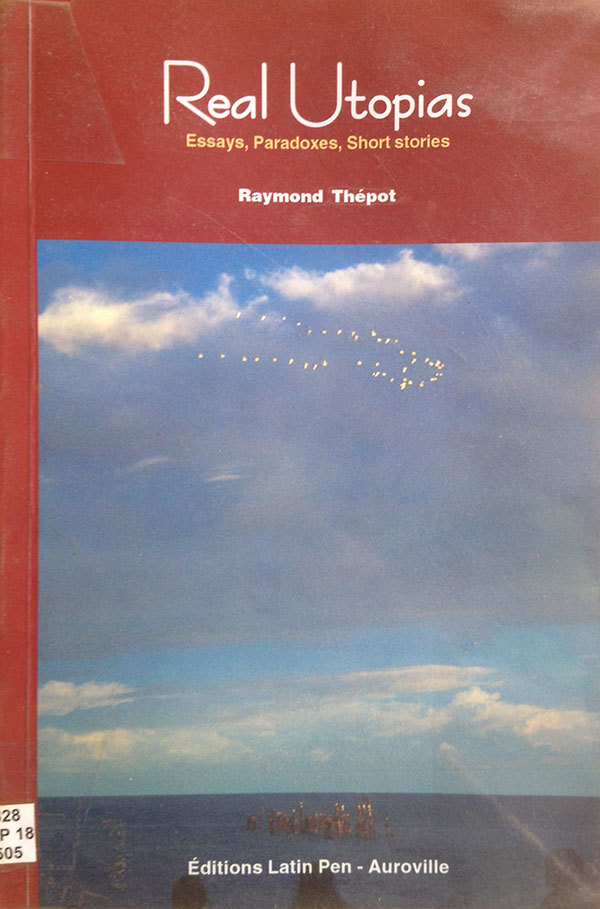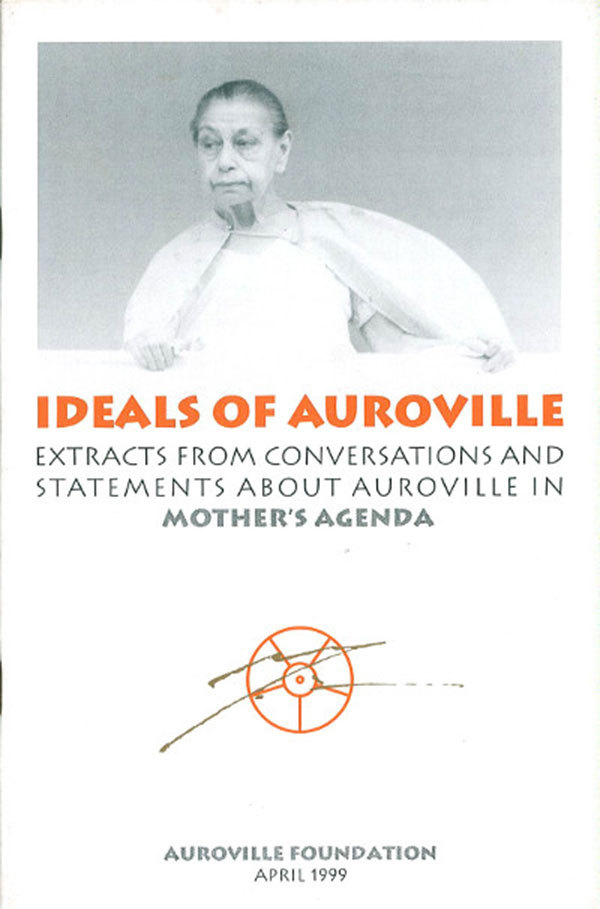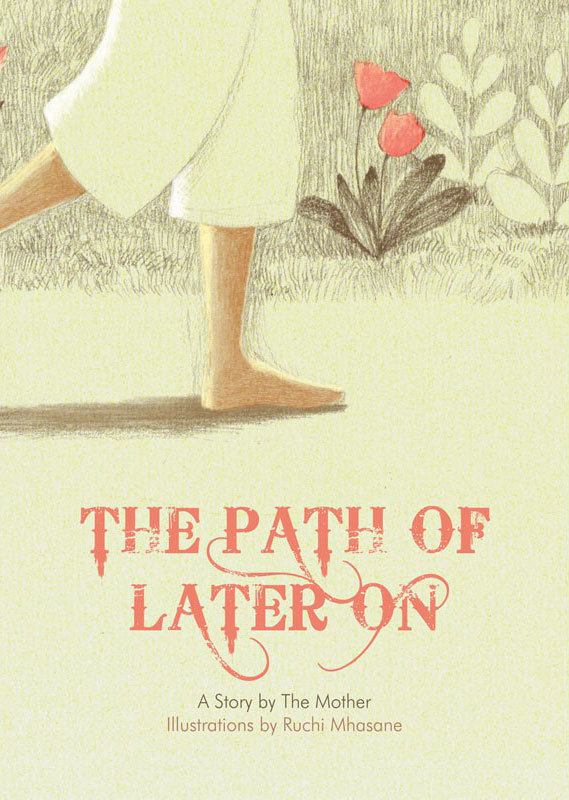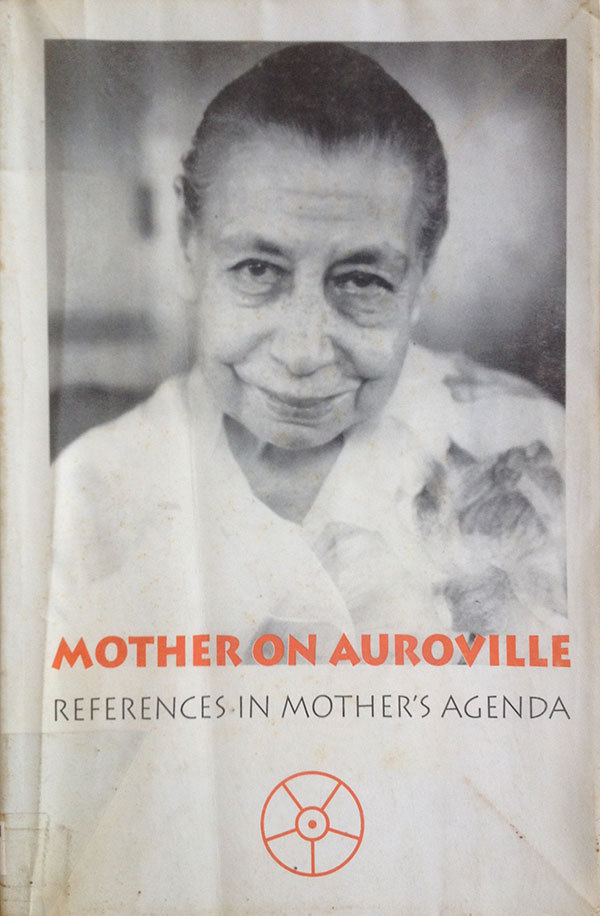Last updated:
The English of Savitri Volume 2

by Sraddhavan
Like the previous book in the series, The English of Savitri Volume 2 is based on transcripts of classes led by the author at Savitri Bhavan, in this case from December 2012 to June 2013. The transcripts have been carefully revised and edited for conciseness and clarity, while aiming to preserve the informal atmosphere of the course. This second volume covers the four cantos of Book Three, The Book of the Divine Mother, of Sri Aurobindo’s epic, Savitri – a legend and a symbol. Each sentence in the poem is examined closely and explanations are given about vocabulary, sentence-structure and imagery. The aim is to assist a deeper understanding and appreciation of the poem which the Mother has characterised as ‘the supreme revelation of Sri Aurobindo’s vision’.
Book Details
Author: Shraddhavan
Print Length: 272 pages
Publisher: Savitri Bhavan
Sold by: Auro e-Books
Book format: PDF, ePub, Kindle
Language: English
Price: $3.99
Book Download
https://www.auro-ebooks.com/english-of-savitri-2/
provided by Auro e-Books
Table of Contents
- Introductory
- Book Two of Savitri
- An Overview of Book Three
The Book of the Divine Mother
Canto One : The Pursuit of the Unknowable
Canto Two : The Adoration of the Divine Mother
- Section 1 : lines 001-072
- Section 2 : lines 073-186
- Section 3 : lines 187-221
Canto Three : The House of the Spirit and the New Creation
- Section 1 : lines 001-118
- Section 2 : lines 119-204
- Section 3 : lines 205-314
- Section 4 : lines 315-446
- Section 5 : lines 447-499
- Section 6 : lines 500-573
Canto Four : The Vision and the Boon
- Section 1 : lines 1-259
- Section 2 : lines 260-421
- Section 3 : lines 422-452
- Section 4 : lines 453-509
Book Sample
The English of Savitri volume 2
Readers who have appreciated the sentence-by-sentence explanations of Book One of Sri Aurobindo’s revelatory epic Savitri – a legend and a symbol, published in Volume 1 of this series, may be surprised to find that this second volume does not continue in sequence with Book Two, The Book of the Traveller of the Worlds, but instead leaps to Book Three, The Book of the Divine Mother. This is because the author found the immense journey through all the planes of existence followed by King Aswapati in the fifteen cantos of Book Two too daunting to be taken up immediately. The weekly study sessions at Savitri Bhavan covering Book Two stretched over almost two years. Recordings of these sessions were made, but so far only a very few have been transcribed, and on review it was found that the explanations given in the classes would require a great deal of editing and revision before they could be offered for publication. The sessions covering Book Three, however, had already been transcribed and edited and were ready for publication, so these texts are now being offered as Volume 2 of the series. A brief summary of Book Two has been added at the beginning to provide some continuity.
Book Three marks the culmination and fulfilment of King Aswapati’s quest, when, in its fourth canto, face to face with the Supreme Divine Mother, he begs her:
“… Mission to earth some living form of thee.
One moment fill with thy eternity,
Let thy infinity in one body live, …
Pack with the eternal might one human hour
And with one gesture change all future time.
Let a great word be spoken from the heights
And one great act unlock the doors of Fate.” p.345
and in response She promises the birth of Savitri with the following words:
“One shall descend and break the iron Law,
Change Nature’s doom by the lone spirit’s power. …
Strength shall be with her like a conqueror’s sword
And from her eyes the Eternal’s bliss shall gaze.
A seed shall be sown in Death’s tremendous hour,
A branch of heaven transplant to human soil;
Nature shall overleap her mortal step;
Fate shall be changed by an unchanging will.” p.346
After receiving the Mother’s boon, Aswapati returns to rule his kingdom on earth.
The Lord of Life resumed his mighty rounds
In the scant field of the ambiguous globe. p.348
Thus closes not only Book Three, but also Part One of Sri Aurobindo’s epic.
In Part Two, we find the Divine Mother herself taking birth in human form as his daughter Savitri, and follow her as she grows up into a young woman, is sent out by her father to find her life’s partner, meets Satyavan and marries him – despite the prophecy given by Narad that he must die in twelve months time – and prepares herself for the dreaded day of his death through the seven cantos of Book Seven, the Book of Yoga. The Book of Death, the shortest Book in the epic, marks the close of Part Two, while Part Three covers Savitri’s debate with Death in Books Nine and Ten and its culmination in Book Eleven, where her prayer to return to Earth with Satyavan in a living human body is finally granted by the sanction of the Supreme Lord.
It will not be possible for this author to publish detailed sentence-by-sentence explanations for every part of the epic. In addition to the two volumes now available it is hoped to supply one more on Book Seven, and possibly a further one on Book Ten, if the Mother and Sri Aurobindo grant their Sanction and Blessings and the Support of their miraculous Conscious-Force for completion of the project. Meanwhile, a start on serialising edited transcripts of the sessions on Book Two has been made in Savitri Bhavan’s English journal Invocation. Its issue no. 43 (November 2015) contains an explanation of Section 1 of Book Two, Canto One, The World Stair, and this serialisation will be continued as long as possible.
Shraddhavan
November 2015
For the opening of the psychic, for the growth of consciousness and even for the improvement of English it is good to read one or two pages of Savitri each day.
The Mother
…
Book Sample
The English of Savitri volume 2
Readers who have appreciated the sentence-by-sentence explanations of Book One of Sri Aurobindo’s revelatory epic Savitri – a legend and a symbol, published in Volume 1 of this series, may be surprised to find that this second volume does not continue in sequence with Book Two, The Book of the Traveller of the Worlds, but instead leaps to Book Three, The Book of the Divine Mother. This is because the author found the immense journey through all the planes of existence followed by King Aswapati in the fifteen cantos of Book Two too daunting to be taken up immediately. The weekly study sessions at Savitri Bhavan covering Book Two stretched over almost two years. Recordings of these sessions were made, but so far only a very few have been transcribed, and on review it was found that the explanations given in the classes would require a great deal of editing and revision before they could be offered for publication. The sessions covering Book Three, however, had already been transcribed and edited and were ready for publication, so these texts are now being offered as Volume 2 of the series. A brief summary of Book Two has been added at the beginning to provide some continuity.
Book Three marks the culmination and fulfilment of King Aswapati’s quest, when, in its fourth canto, face to face with the Supreme Divine Mother, he begs her:
“… Mission to earth some living form of thee.
One moment fill with thy eternity,
Let thy infinity in one body live, …
Pack with the eternal might one human hour
And with one gesture change all future time.
Let a great word be spoken from the heights
And one great act unlock the doors of Fate.” p.345
and in response She promises the birth of Savitri with the following words:
“One shall descend and break the iron Law,
Change Nature’s doom by the lone spirit’s power. …
Strength shall be with her like a conqueror’s sword
And from her eyes the Eternal’s bliss shall gaze.
A seed shall be sown in Death’s tremendous hour,
A branch of heaven transplant to human soil;
Nature shall overleap her mortal step;
Fate shall be changed by an unchanging will.” p.346
After receiving the Mother’s boon, Aswapati returns to rule his kingdom on earth.
The Lord of Life resumed his mighty rounds
In the scant field of the ambiguous globe. p.348
Thus closes not only Book Three, but also Part One of Sri Aurobindo’s epic.
In Part Two, we find the Divine Mother herself taking birth in human form as his daughter Savitri, and follow her as she grows up into a young woman, is sent out by her father to find her life’s partner, meets Satyavan and marries him – despite the prophecy given by Narad that he must die in twelve months time – and prepares herself for the dreaded day of his death through the seven cantos of Book Seven, the Book of Yoga. The Book of Death, the shortest Book in the epic, marks the close of Part Two, while Part Three covers Savitri’s debate with Death in Books Nine and Ten and its culmination in Book Eleven, where her prayer to return to Earth with Satyavan in a living human body is finally granted by the sanction of the Supreme Lord.
It will not be possible for this author to publish detailed sentence-by-sentence explanations for every part of the epic. In addition to the two volumes now available it is hoped to supply one more on Book Seven, and possibly a further one on Book Ten, if the Mother and Sri Aurobindo grant their Sanction and Blessings and the Support of their miraculous Conscious-Force for completion of the project. Meanwhile, a start on serialising edited transcripts of the sessions on Book Two has been made in Savitri Bhavan’s English journal Invocation. Its issue no. 43 (November 2015) contains an explanation of Section 1 of Book Two, Canto One, The World Stair, and this erialisation will be continued as long as possible.
Shraddhavan
November 2015
For the opening of the psychic, for the growth of consciousness and even for the improvement of English it is good to read one or two pages of Savitri each day.
The Mother
…
-
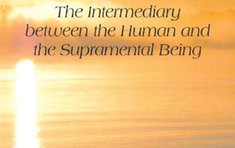
Overman: The Intermediary between the Human and the Supramental Being
-
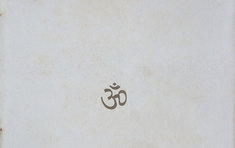
Immortal India - Towards the Ideal Society
-
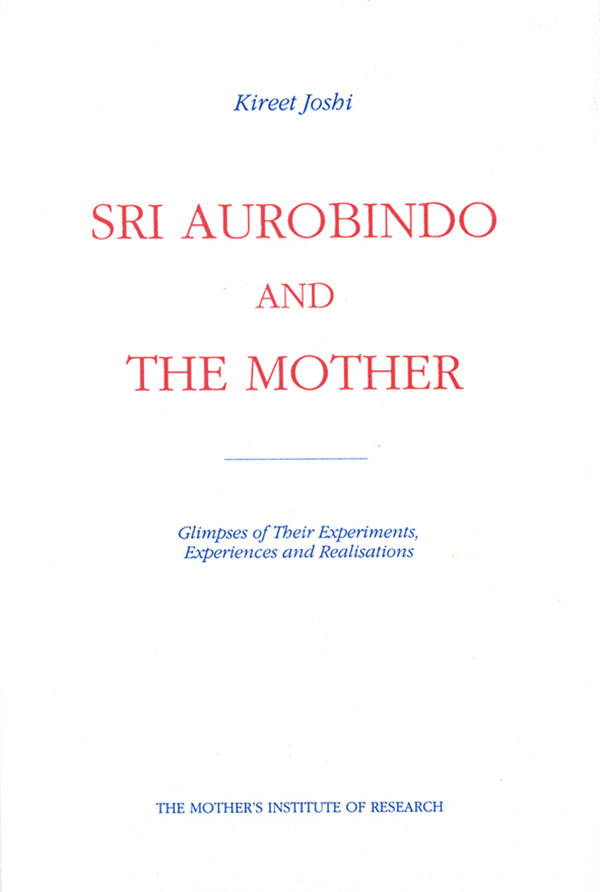
Sri Aurobindo and the Mother
-
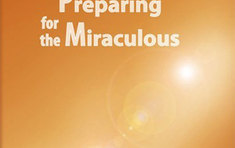
Preparing for the Miraculous
-

Beyond Man
-
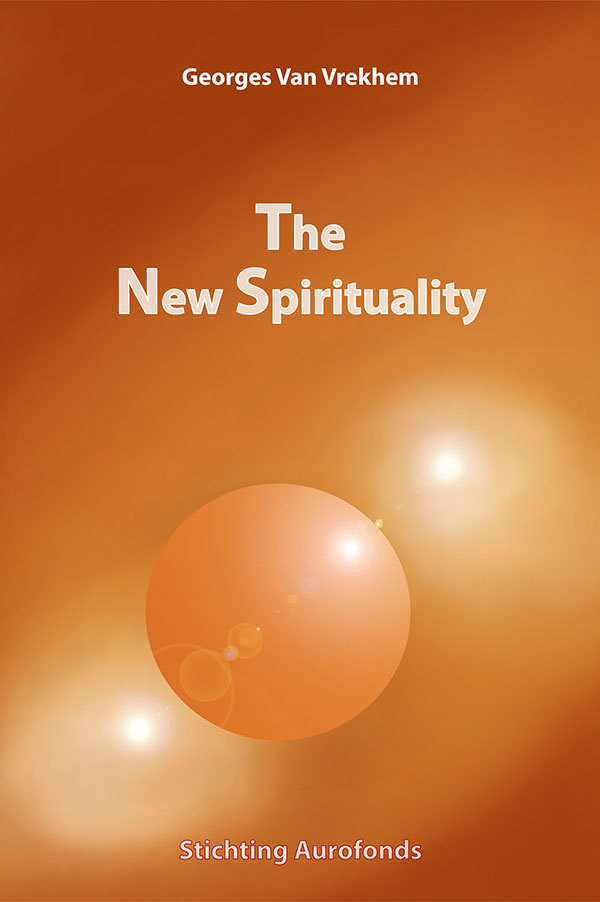
The New Spirituality
-
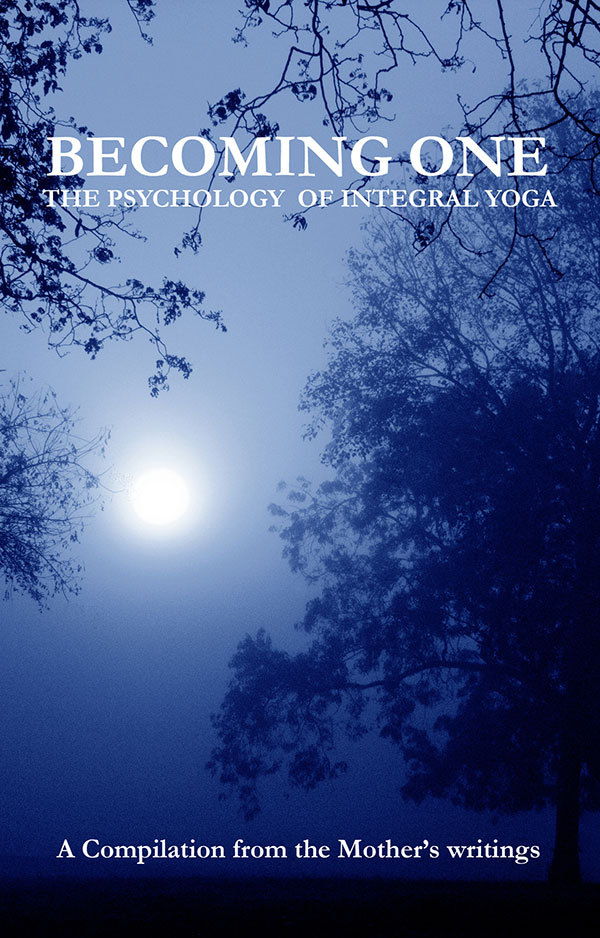
Becoming One: The Psychology of Integral Yoga
-
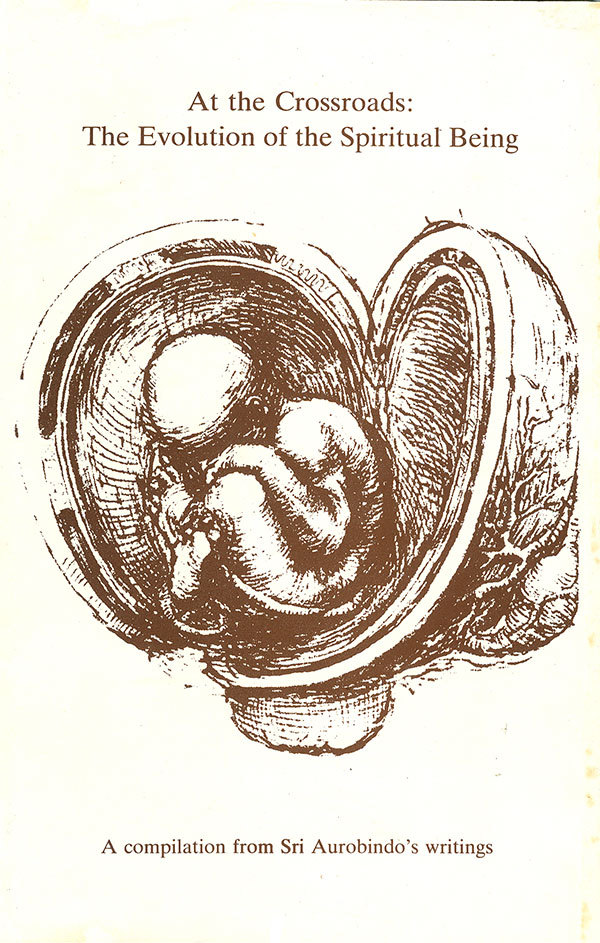
At the Crossroads: The Evolution of the Spiritual Being
-
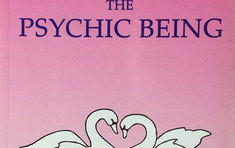
Finding the Psychic Being
-
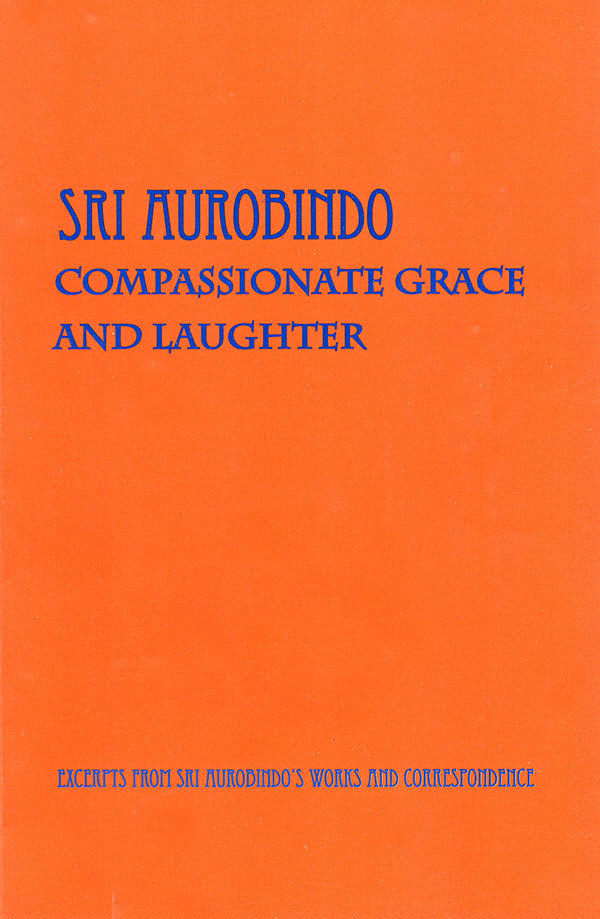
Sri Aurobindo: Compassionate Grace and Laughter
-

Veda-Weisheit
-
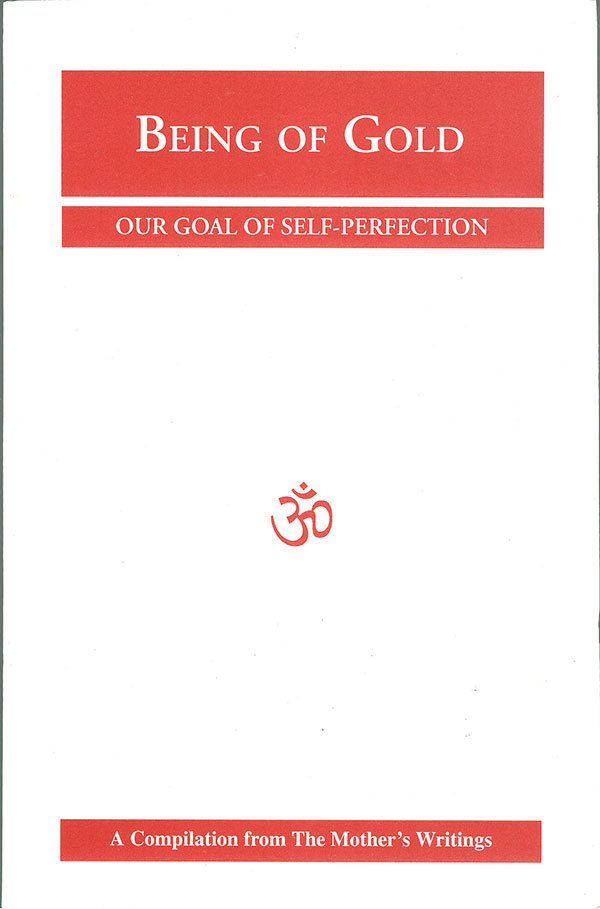
Being of Gold: Our Goal of Self-Perfection
-
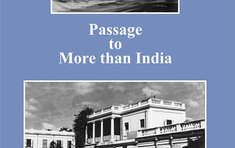
Passage to More than India
-
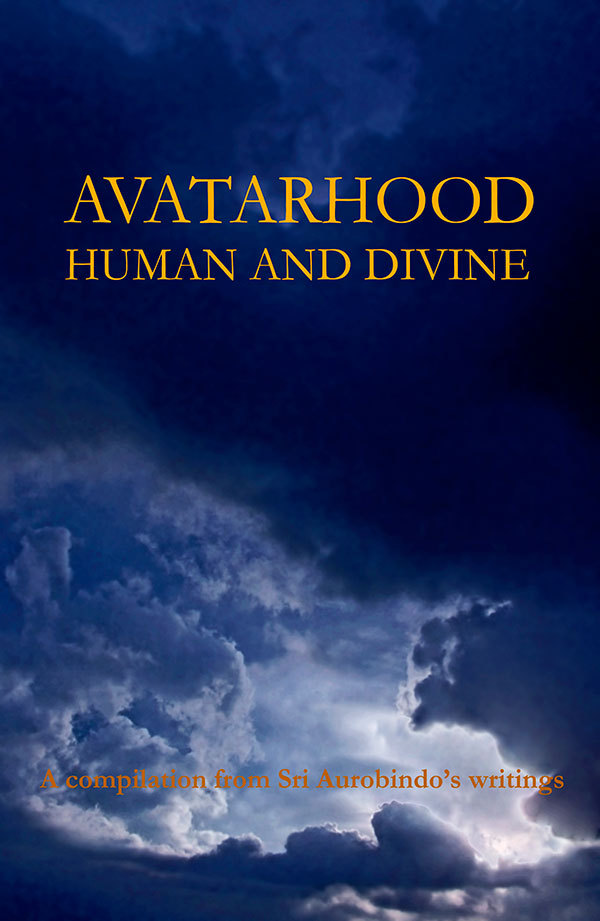
Avatarhood: Human and Divine
-
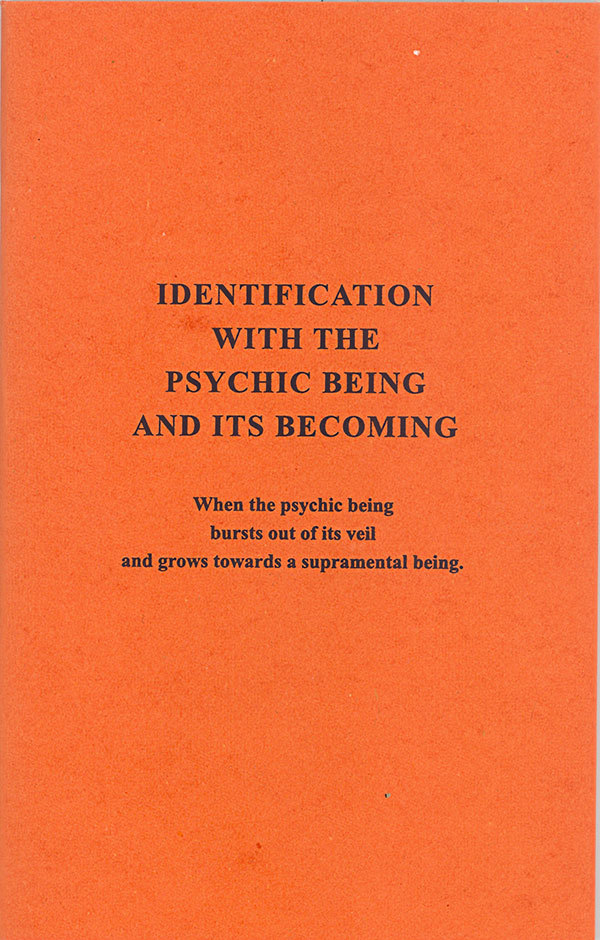
Identification with the Psychic Being and It's Becoming
-
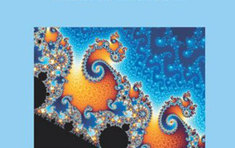
Patterns of the Present
-
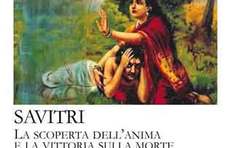
Savitri: La scoperta dell'Anima e la vittoria sulla Morte
-
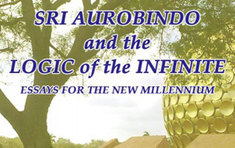
Sri Aurobindo and the Logic of the Infinite: Essays for the New Millennium
-
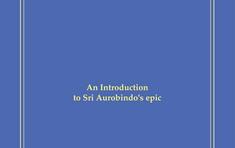
Savitri - The Golden Bridge, the Wonderful Fire
-
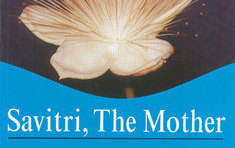
Savitri, the Mother
-
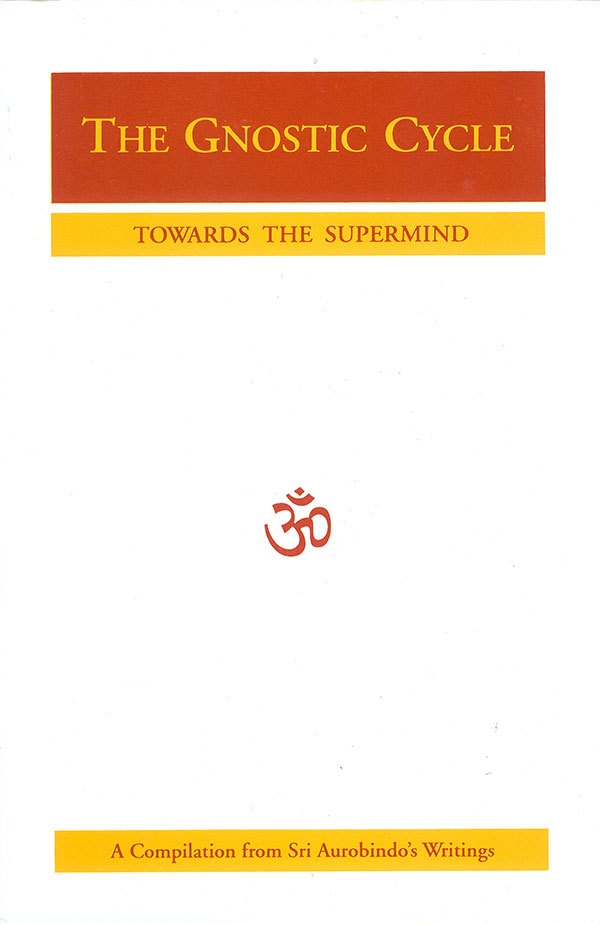
The Gnostic Cycle: Towards the Supermind
-
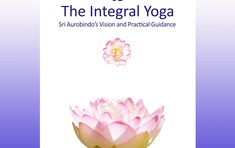
An Introduction to the Integral Yoga: Sri Aurobindo's Vision and Practical Guidance
-
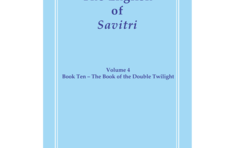
The English of Savitri Volume 4
-

Savitri
-

The English of Savitri Volume 1
-
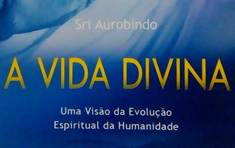
The Life Divine - translated into Portuguese
-
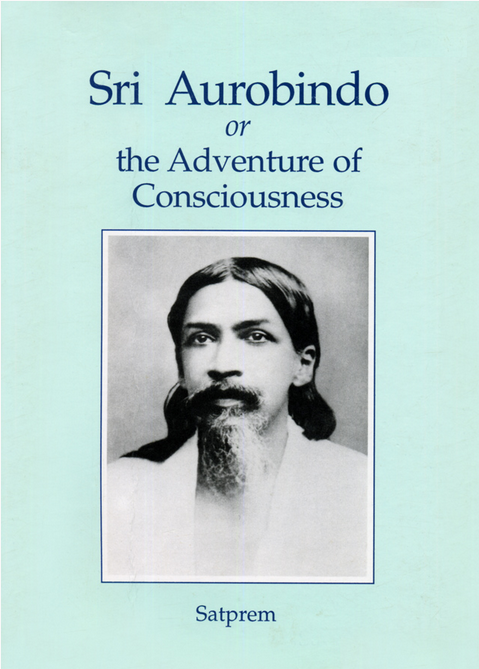
Sri Aurobindo or The Adventure of Consciousness
-
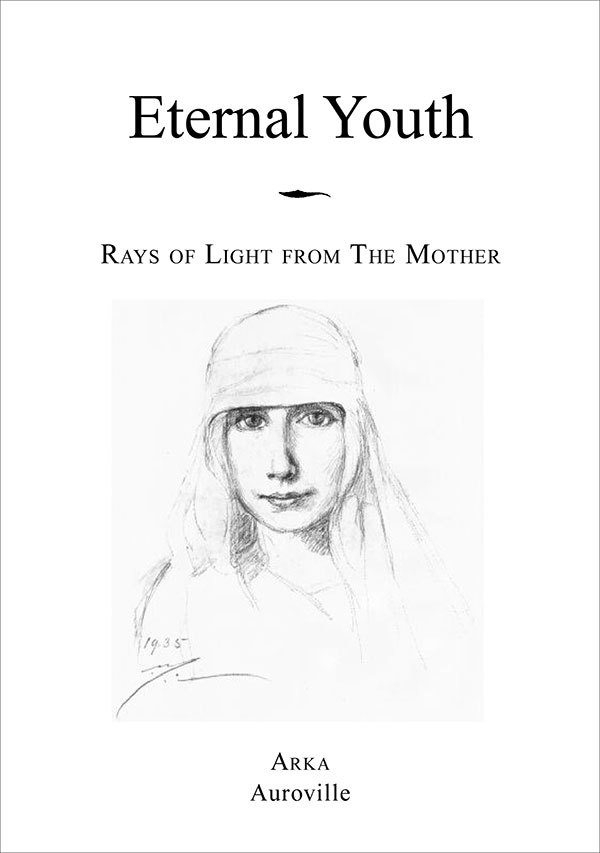
Eternal Youth
-
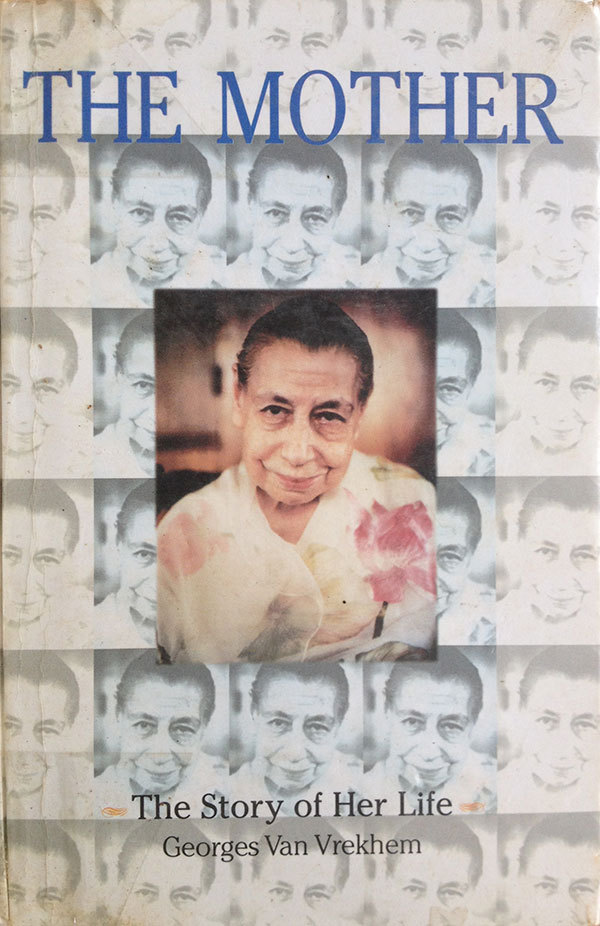
The Mother: The Story of Her Life
-
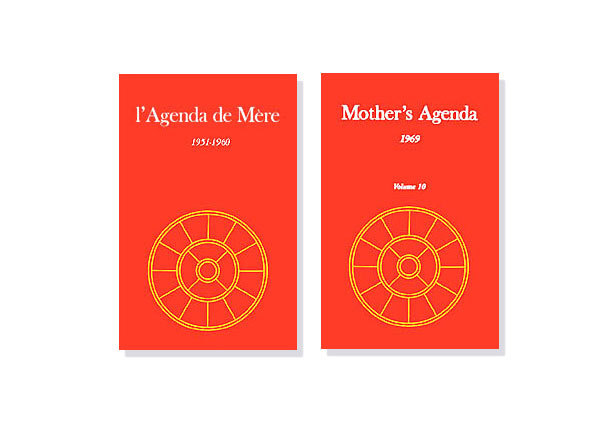
Mother's Agenda
-
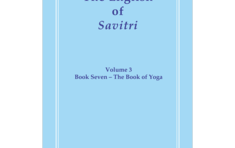
The English of Savitri Volume 3
-

The Gunas - The Three Modes of Nature
